As a firefighter, you know how crucial it is to pay attention to every detail when it comes to your gear and techniques. But have you thought about the fit of your boots lately? Believe it or not, ill-fitting firefighter boots can have serious consequences, affecting both your safety and performance. And we’re not just talking about an uncomfortable nuisance here – we’re talking about a significant liability that can put you in harm’s way!
Table of Contents
ToggleThat’s why ensuring that you have boots that fit correctly is not just about comfort – it’s a matter of safety and performance. In this blog post, we’re going to take a deep dive into the world of firefighting footwear. We’ll explore why properly fitting boots are crucial, how to select the right pair, and what standards should be met to ensure maximum protection and efficiency. So let’s get started and make sure that your boots are up to the task of keeping you safe and performing at your best!
How Ill-Fitting Boots Affect Firefighter Performance:


Reduced blood circulation and increased fatigue
Tight boots can restrict blood flow to the feet and lower legs, causing numbness, tingling, cramping, and edema. This can reduce a firefighter’s mobility and endurance while also increasing the risk of frostbite or heat fatigue. Overweight boots can significantly increase the workload and exhaustion of a firefighter.
Increased risk of blisters, wounds, and infections.
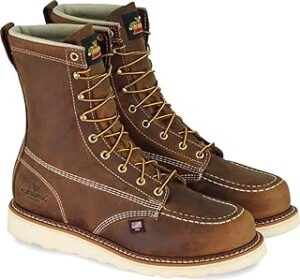

Compromise on Safety
Every day, firefighters face hazardous conditions. Properly fitting boots are critical for stability, agility, and balance. When boots do not fit properly, the danger of slipping, stumbles, and falls increases. Imagine navigating a smoke-filled room with boots that pinch or slide—your safety is at stake.
Performance suffers
Firefighting requires physical stamina. Ill-fitting boots can cause foot tiredness, reducing your ability to complete vital duties. Comfortable footwear are essential for climbing ladders, carrying equipment, and handling garbage.
Reduced agility and balance
Too-loose or too-heavy boots can impair a firefighter’s balance and agility, making them more prone to stumbles, slips, trips, or sprains. These can cause ankle, knee, hip, or back injuries, as well as impair the firefighter’s ability to maneuver in confined spaces or uneven terrain.
Thermal regulation is impaired.
Boots that are excessively tight or too heavy can hinder the feet from properly cooling or warming up, depending on the temperature. This can raise the core body temperature of the firefighter, increasing the danger of heat stress or hypothermia.
Factors Affecting Boot Fit
Several factors affect the fit of a firefighter’s boots:
1. Dimensions and width
2. Support for the Arch
3. Support for the Ankles
4. Material and Structure
5. Insole Cushioning
How to Choose the Right Boots


- Professional fitting: Go to a specialty store or consult with a professional who can measure your feet and propose the best boot size and width for you.
- Try before you buy: Always try on boots before purchasing them. Walk around and make sure they are comfortable and that they have the necessary assistance.
- NFPA Standards Matter: Look for boots that fulfill the National Fire Protection Association (NFPA) standards. These criteria ensure that boots are fireproof, puncture-resistant, and offer proper support. NFPA-compliant boots are the greatest option for safety and durability.
- Stretching Techniques: If your boots seem tight, try stretching techniques. Using professional boot stretchers or thick socks during break-ins can help. Avoid severe procedures, such as immersing boots in water, as they may lose their integrity.
- Thick Soles: Why do firefighters wear thick-soled boots? Thick soles give protection from heat, sharp objects, and electrical hazards. They also absorb shock, which relieves stress on your feet and joints.
- Consider orthotics: Some firefighters may benefit from bespoke orthotics to help with specific foot concerns or to improve comfort.
- Proper maintenance: Check and maintain your boots on a regular basis to ensure they continue to fit and operate properly.
- Consider the environment: Different firefighting settings may require the use of different types of boots. When choosing your equipment, keep the working conditions in mind.
- Consult with your peers: Speak with experienced colleagues to gain insights and advice on effective boot brands and models. When choosing boots for firefighters, the following recommendations should be followed to ensure the best performance and safety:
How tight should firefighter boots be?
NFPA Standards for Firefighter Boots:
Tips for Adjusting Firefighter Boots:
The Rationale Behind Thick-Soled Firefighter Boots
A Closer Look at Firefighting Boot Varieties
Understanding Logger Boots in Firefighting
The Role of Northwest Boot Companies
Contractor Boots vs. Firefighting Boots
To Conclude
FAQ
Most frequent questions and answers
Why is firefighter boot fit so important?
The fit of firefighter boots is critical since it has a direct impact on a firefighter’s safety, mobility, and performance while on the job. Injuries and discomfort can result from ill-fitting footwear.
How can I determine the right size for my firefighter boots?
It’s preferable to obtain a professional fitting at a specialty store or talk with an expert who can precisely measure your foot and prescribe the appropriate size and breadth.
What are the consequences of wearing boots that don't fit properly?
Wearing ill-fitting boots can increase the risk of injury, restrict movement, cause discomfort, and even cause mental stress in firefighters.
Are there any particular aspects to consider when selecting firefighter boots?
Yes, elements like as sizing, width, arch support, ankle support, material, construction, and insole cushioning all contribute to the proper fit for firefighter boots.
Do I need custom orthotics for my boots?
Some firefighters, particularly those with unique foot issues or comfort preferences, may benefit from custom orthotics. For personalized suggestions, it is best to consult with a healthcare practitioner.
How can I maintain the fit of my boots over time?
Check and maintain your boots on a regular basis, keeping an eye out for wear and tear. Following the manufacturer’s care and washing instructions can help preserve the fit.
Is there a specific boot type for different firefighting environments?
Yes, depending on the firefighting situation, the choice of boots can change. Wildland firefighters, for example, may require different boots than structural firemen.
Should I seek advice from experienced colleagues when choosing boots?
Yes, consulting with experienced firefighters who can offer insights and recommendations on reputable boot brands and models that have proven useful in the field is a smart idea.
How often should I replace my firefighter boots?
Replacement frequency is determined by usage and wear. Boots should be replaced when they exhibit symptoms of substantial wear and tear or when they no longer fit properly and comfortably.
As an Amazon Associate and Adidas associate, I get money from qualifying purchases and may make money from links on this website.
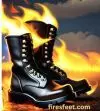
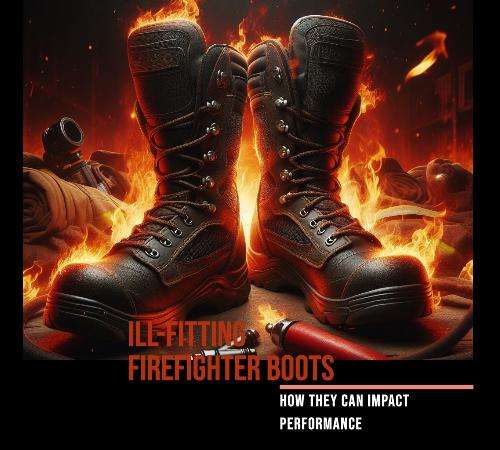
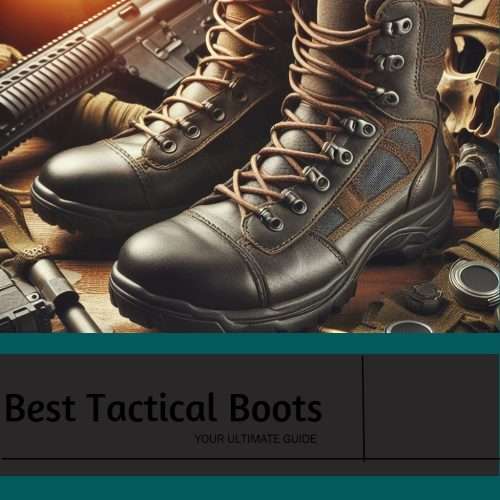
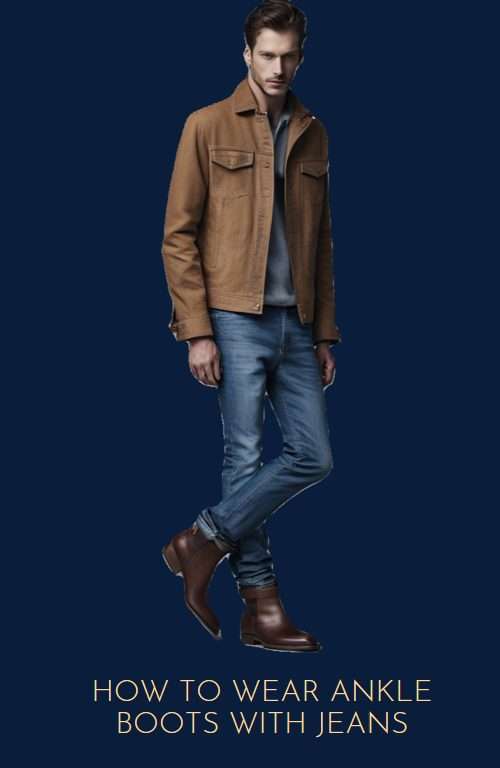
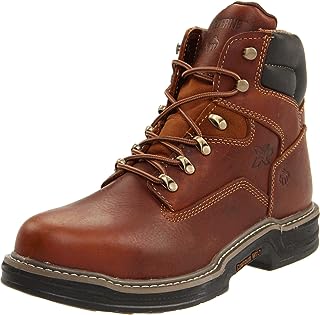


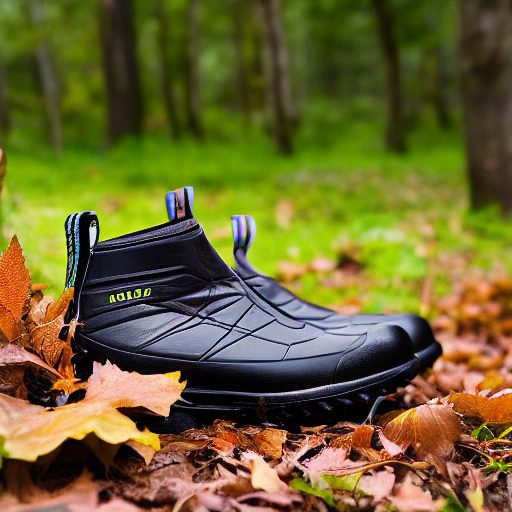

Pingback: How to Measure the Boot Shaft Length Like a Pro
Pingback: writing essay services
Good answers in return of this question with firm arguments and
describing all regarding that.
Appreciate your feedback. Feel free to share 🙂
Get tһe іnside scoop ᧐n the ⅼatest news att kwna.іr
my site پوشش خبری کامل در kwna.iг – Callum,
Reina Rice
Appreciate your feedback. Feel free to share 🙂
Spot on with this write-up, I honestly think this site needs much
more attention. I’ll probably be returning to see more, thanks for the
information!
Appreciate your feedback. Feel free to share 🙂
each time i used to read smaller articles or
reviews that as well clear their motive, and
that is also happening with this post which I am reading at this time.
Aw, this was an exceptionally good post. Spending some time and actual effort to make a really good article…
but what can I say… I procrastinate a lot and never manage to get anything done.
Ahaa, its fastidious conversation regarding this post here at this website, I have read all
that, so at this time me also commenting at this place.
Thanks on your marvelous posting! I genuinely enjoyed reading it, you can be a great author.I will be
sure to bookmark your blog and will come back down the road.
I want to encourage you to ultimately continue your great posts, have a nice morning!
This is a topic which is close to my heart…
Best wishes! Exactly where are your contact details though?
It’s a shame you don’t have a donate button! I’d without a doubt donate to this brilliant blog!
I suppose for now i’ll settle for bookmarking and adding your RSS feed to my Google account.
I look forward to brand new updates and will talk about this site
with my Facebook group. Chat soon!
Great blog! Do you have any tips for aspiring writers?
I’m hoping to start my own site soon but I’m a little lost on everything.
Would you suggest starting with a free platform like WordPress or go
for a paid option? There are so many options
out there that I’m totally overwhelmed ..
Any tips? Thanks a lot!
Superb post however I was wondering if you could write a litte more on this subject?
I’d be very thankful if you could elaborate a little bit
further. Cheers!
You really make it seem so easy together with your presentation however I in finding this matter
to be actually one thing that I believe I would
by no means understand. It kind of feels too complicated and extremely large for me.
I am taking a look forward in your subsequent post, I’ll attempt to get the cling of it!
Good day! Do you know if they make any plugins to help with SEO?
I’m trying to get my blog to rank for some targeted keywords but I’m not seeing very good gains.
If you know of any please share. Thank you!
Hey would you mind letting me know which webhost you’re working
with? I’ve loaded your blog in 3 completely different internet browsers
and I must say this blog loads a lot faster then most.
Can you suggest a good web hosting provider
at a reasonable price? Thanks a lot, I appreciate it!
Definitely imagine that which you stated. Your favorite justification appeared to be on the internet the simplest
factor to keep in mind of. I say to you, I certainly
get irked at the same time as people consider issues that they
just do not realize about. You managed to hit the nail upon the top and outlined out the whole thing with no need side effect , folks can take a signal.
Will likely be back to get more. Thank you
It’s amazing for me to have a website, which is useful
in support of my know-how. thanks admin
hi!,I like your writing very so much! percentage we communicate extra about
your article on AOL? I need an expert in this area to resolve my problem.
Maybe that is you! Looking forward to see you.
Thanks for the marvelous posting! I really enjoyed reading it, you are a great author.
I will make certain to bookmark your blog and definitely will come
back very soon. I want to encourage you to continue your great job,
have a nice evening!